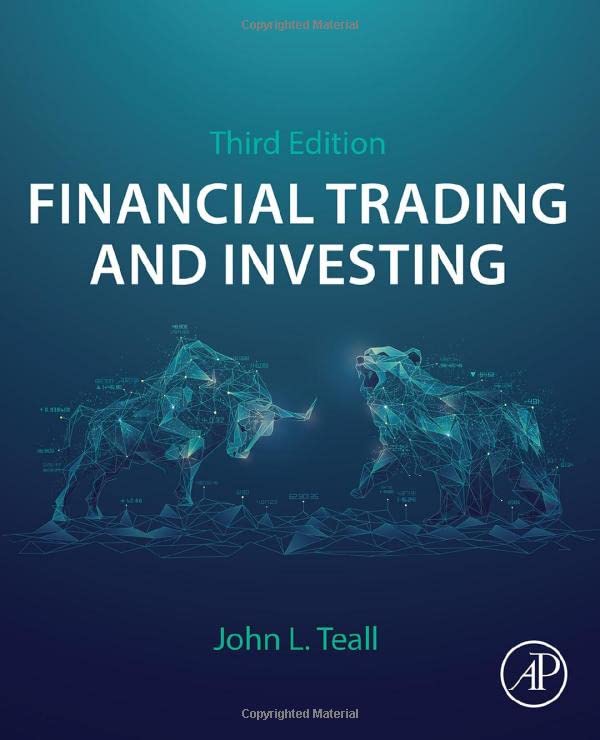دانلود کتاب Financial Trading and Investing - Original PDF
Author:
John Teall
0 (0)
توضیحات کتاب :
Financial Trading and Investing, Third Edition provides a useful introduction to trading and market microstructure for advanced undergraduate as well as master’s students. Without demanding a background in econometrics, the book explores alternative markets and highlights recent regulatory developments, implementations, institutions and debates. The text offers explanations of controversial trading tactics (and blunders) such as high-frequency trading, dark liquidity pools, fat fingers, insider trading and flash orders, emphasizing links between the history of financial regulation and events in financial markets. It includes coverage of valuation and hedging techniques, particularly with respect to fixed income and derivative securities. The text adds a chapter on financial utilities and institutions that provide support services to traders and updates regulatory matters. Combining theory and application, this book provides a practical beginner's introduction to today's investment tools and markets with a special emphasis on trading.
سرچ در وردکت | سرچ در گودریدز | سرچ در اب بوکز | سرچ در آمازون | سرچ در گوگل بوک
1,169 بازدید 0 خرید










